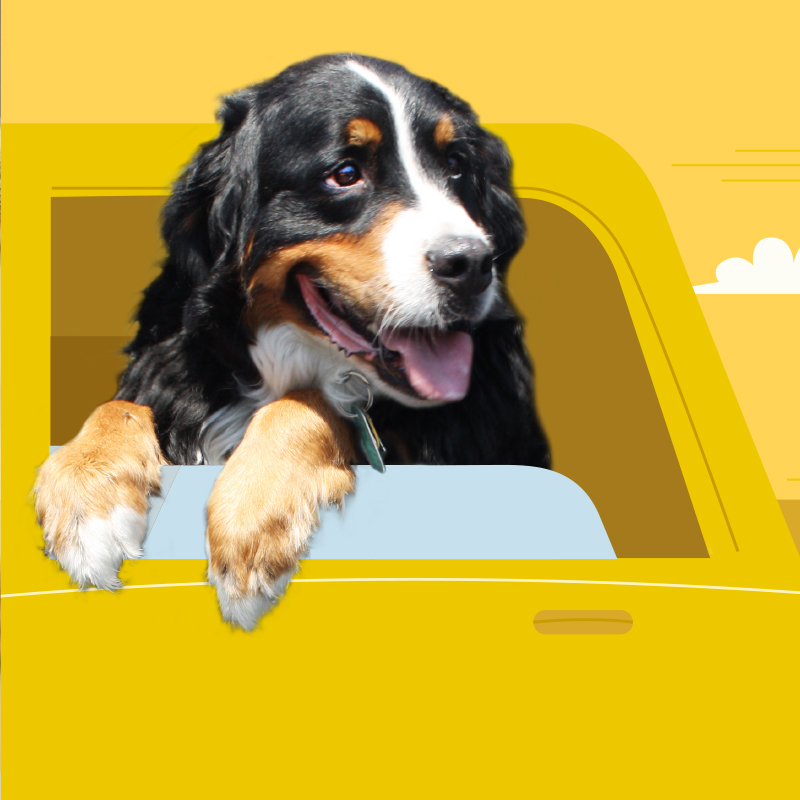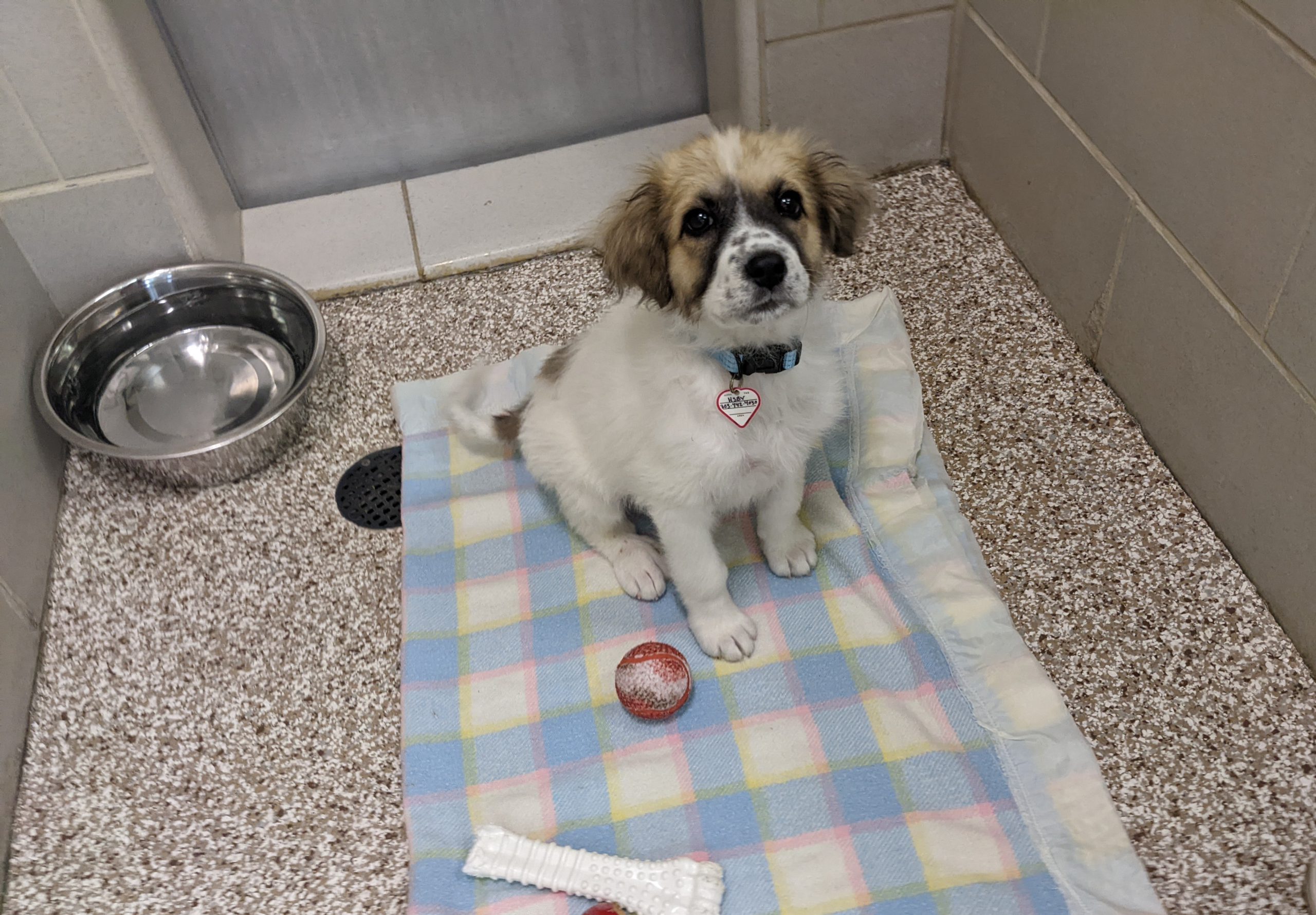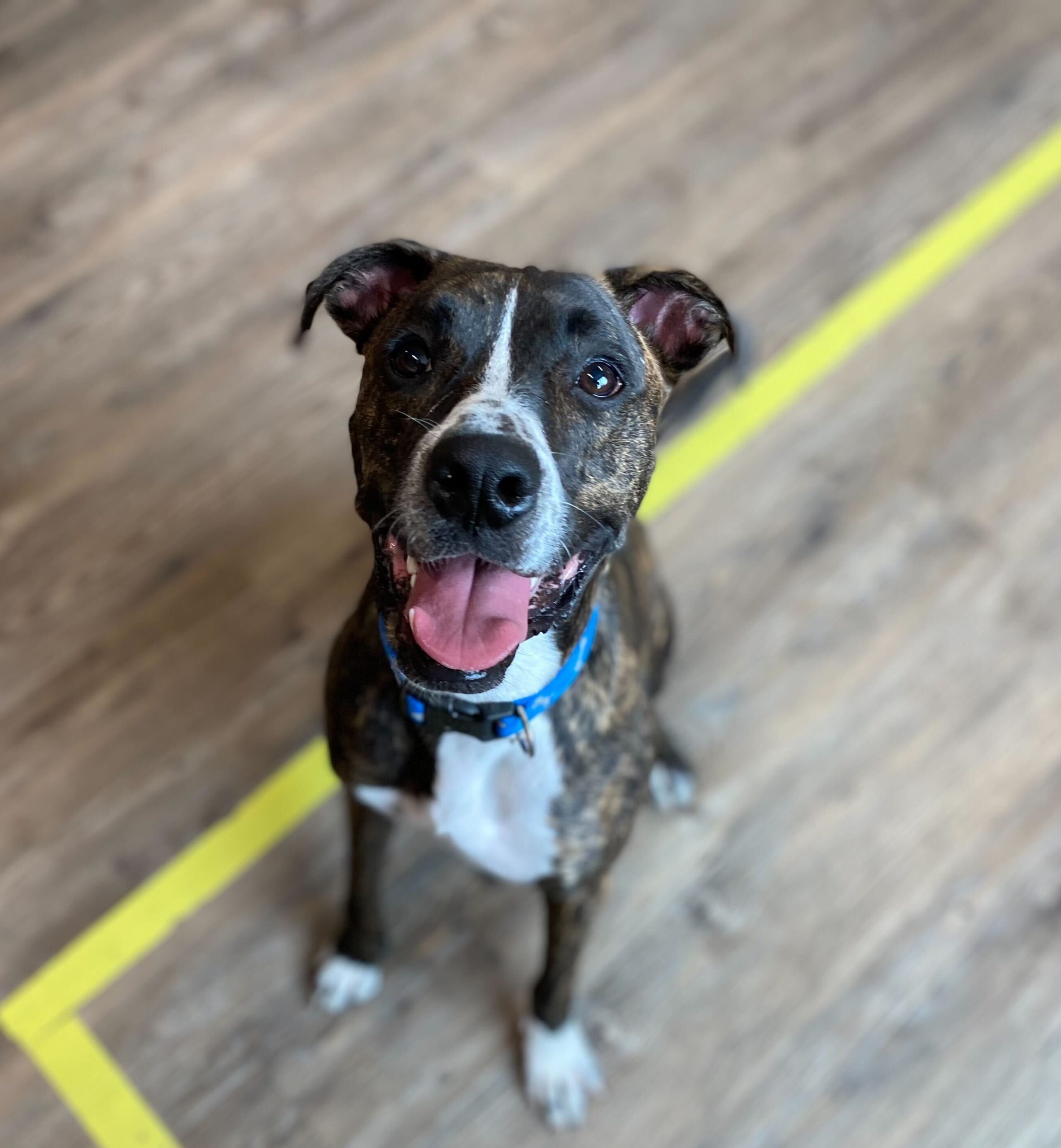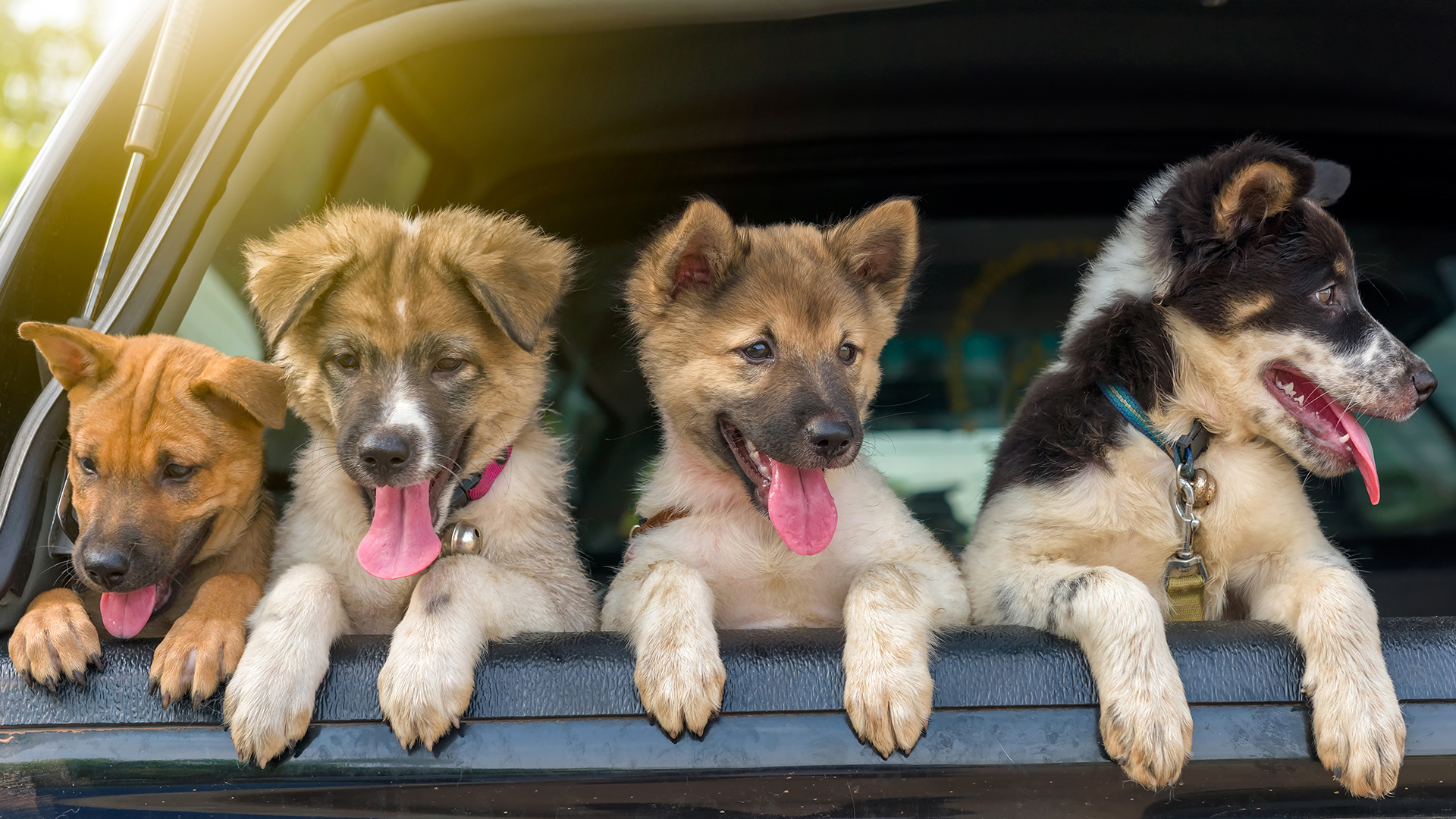Understanding separation anxiety and how to handle it
What is separation anxiety?
Dogs are profoundly social animals that are genetically programmed to live in groups; therefore, alone time can be very difficult for a dog to experience. While many dogs can learn to accept being alone for moderate amounts of time, some dogs develop separation anxiety, a disorder of panic-like symptoms. When left alone, dogs with severe separation anxiety may display panic attacks consisting of destruction to entrance / exit points of the home (doorways and windows), house-soiling, distress vocalizing and self-injurious behavior such as excessive licking and chewing of body parts or bloody paws from escape attempts.
Separation anxiety may be triggered by certain types of situational events, for example, the extended presence of the guardian during summertime or convalescence followed by sudden return to work or school. Situational life and routine changes such as re-homing, stay at a boarding kennel, long separation or departure of a guardian may also trigger separation anxiety.
It is vital to understand that a dog exhibiting symptoms of separation anxiety including destruction, house-soiling, and whining or barking is not acting out of spite or boredom. The dog is having a panic attack. No amount of verbal scolding or physical punishment will change the behavior.
Separation anxiety is preventable and treatable; however, the method of treatment depends on the severity of the anxiety. This handout provides information on prevention as well as treatment options for both mild and severe separation anxiety.
Preventing Separation Anxiety
As much as you may desire to dote on your new puppy or adopted dog, do NOT provide constant companionship during your dog’s first few days in your house. Constant attention during the first few days may place new dogs at a higher risk for separation anxiety. To teach your dog that absences are commonplace and nothing to worry about, it is essential that you leave for frequent, short departures. Always keep your departures and arrivals very low-key. Leave calmly without undue commotion surrounding your departure. When you arrive home, do not immediately engage your dog in greeting – no matter how much you missed her! When your dog is calm, call her to you and ask her to sit for some rubs and attention. If your dog has destroyed something while you have been away, do not punish your dog. Punishment will only increase your dog’s anxiety and exacerbate the problem behavior. To ease any potential for alone-time anxiety, provide your dog with a food-stuffed toy to work on while you are away. We love KongsTM, hard rubber toys that can be filled with goodies (or your dog’s breakfast) and then sealed with peanut butter or cream cheese. KongsTM can be frozen to ensure that your dog gets a longer mental workout. By the time that KongTM is unpacked, your dog should be ready for a nap!
Provide daily, fun exercise opportunities for your dog. Go hiking with your companion, visit the dog park, or swim at the nearby lake. You can engage in a sport together like Agility, Frisbee or Flyball. Outdoor opportunities are beneficial for your dog and well as for the relationship you share. A tired, well-exercised dog is more likely to sleep the day away in your absence!
Mental enrichment is an outstanding supplement to physical exercise. Enroll in a fun, positive-based beginner’s training class to get that brain working! If your dog is too advanced for a Beginner’s training class, enroll in an Outdoor, Around Town, or Tricks class at the Humane Society of Boulder Valley. Problem solving toys also provide wonderful mental exercise for your dog. Consider feeding your dog out of a food dispensing enrichment device, such as a Molecuball™ or Canine Genius™. If you can provide your dog with a variety of toys and activities, she will not rely on social contact with you as her only source of stimulation.
Mild Separation Anxiety
If your dog follows you throughout the house, appears overly excited when you return home, or barks and whines continually when you are away, she may suffer from mild separation anxiety. To alleviate the anxiety, practice very short, repeated absences of approximately 1-30 seconds away from your dog. Remember to downplay your arrivals and departures! If your dog continually shadows you around the house, position baby gates at various rooms to encourage your dog to tolerate mini-absences from you. When you leave the home, provide a stuffed Kong to teach your dog that your departure actually predicts good things happening for her! Additionally, you may try to blur the contrast of your absence by providing your dog with cues that are associated with your presence such as TV, radio or a piece of your clothing.
Severe Separation Anxiety
If your dog suffers from severe separation anxiety with symptoms of destructiveness directed at exit points, urination and defecation, and excessive barking and whining when alone, the informal techniques will not help and may even worsen the anxiety. A formal program of desensitization and counter-conditioning is needed to change your dog’s panicked association to departure. Seeking the help of a professional behavior counselor is the best way to design and implement a successful program. With professional support, separation anxiety is often resolved beautifully; however, it requires a great deal of time and effort from the guardian.
Dogs with separation anxiety learn to anticipate their guardian’s departure and exhibit anxiety long before the door shuts. To treat the anxiety, the guardian must map out their departure routine and determine when their dog’s anxiety first begins. For example, the departure routine may consist of waking up and getting dressed, drinking coffee and eating breakfast, toileting the dog, picking up the briefcase, grabbing the keys and then leaving. The dog may exhibit pacing, whining, or hiding once the guardian pours their first cup of coffee, be extremely anxious once the keys are picked up and in full-blown panic when the door shuts.
When you have determined the point at which the initial anxiety begins, begin treatment by engaging in your routine up to that anxiety point. Once you reach that anxiety point, provide your dog with a super-yummy KongTM and do NOT continue the rest of the routine. Your dog will learn that the step no longer predicts feelings of anxiety. When your dog is comfortable with that step, additional steps can be slowly added until true departures can be introduced. With time, your dog will learn to comfortably tolerate normal length departures.
The difficult but crucial aspect of treatment requires that your dog not be left alone for longer than she can comfortably tolerate. In the initial stages of treatment, this means that your dog cannot be left alone at all. For departures during this time, take your dog to doggie daycare, ask a family member of friend to watch her, or hire a dog sitter to watch her while you’re away. Crating your anxious dog may potentially worsen the problem. If crating is a must, focus your attention on crate training and making it a positive experience before moving on to other parts of the separation anxiety program.
To schedule a private consultation, please feel free to contact the Humane Society of Boulder Valley Training and Behavior Center (303) 442-4030 ext.368 or register online.







